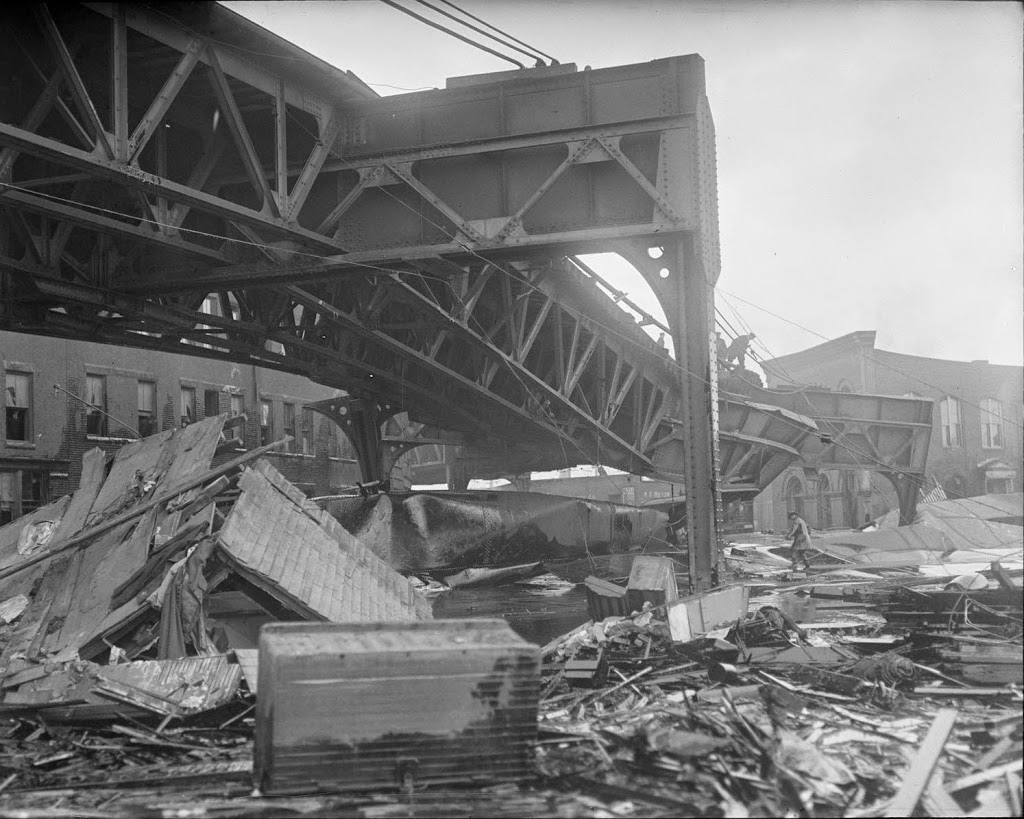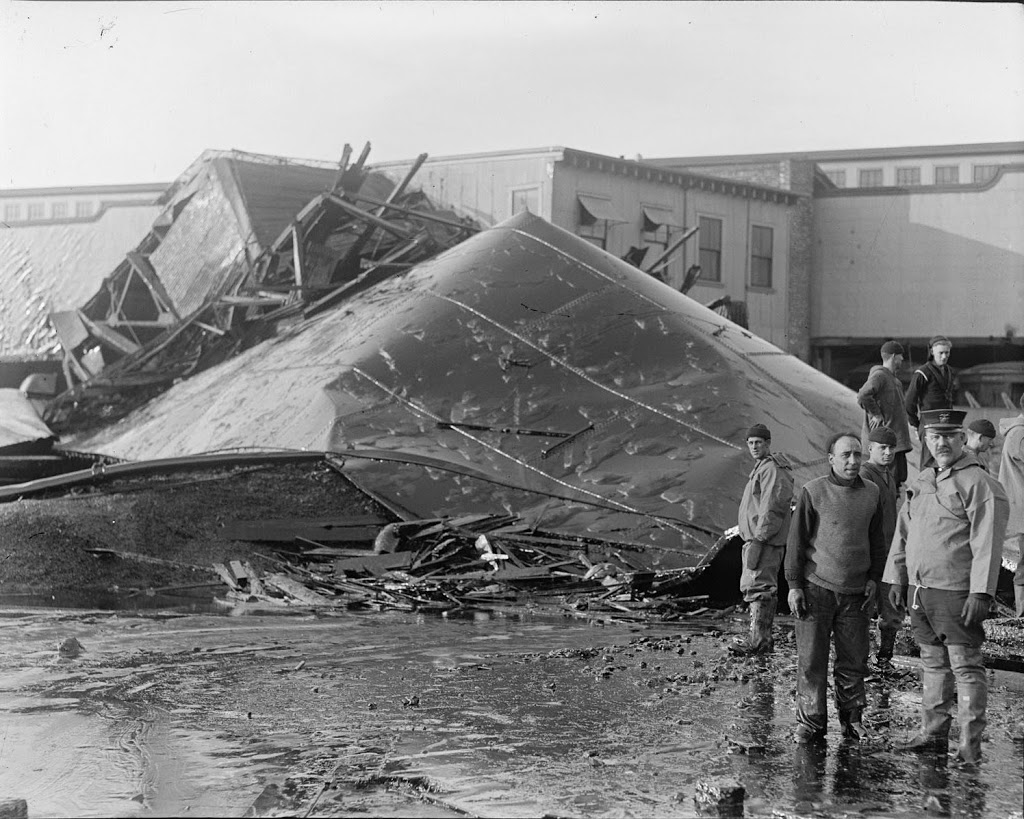
The storage tank
Photo: lostnewengland
One of the more bizarre national disasters on record would have to be the “Great Molasses Floods” that nearly destroyed the north end of Boston back in 1919. Molasses is that sweet and sticky substance most of us would normally see in tasty treats like gingerbread cookies. But molasses has an extensive list of other uses, maybe most commonly used in the making of alcohol.

Tank before the flood, unknown date.
Photo: damninteresting
The Purity Distilling Company had used the sticky substance to create rum and ethanol as well as a few other things. So they had a massive storage tank that held around 2.5 million gallons at any given point. The tank was reported to be about 50 feet tall and 90 feet wide. On January 15, 1919, it just so happened to be full after receiving a shipment of an estimated 2.3 million gallons of Puerto Rican molasses.
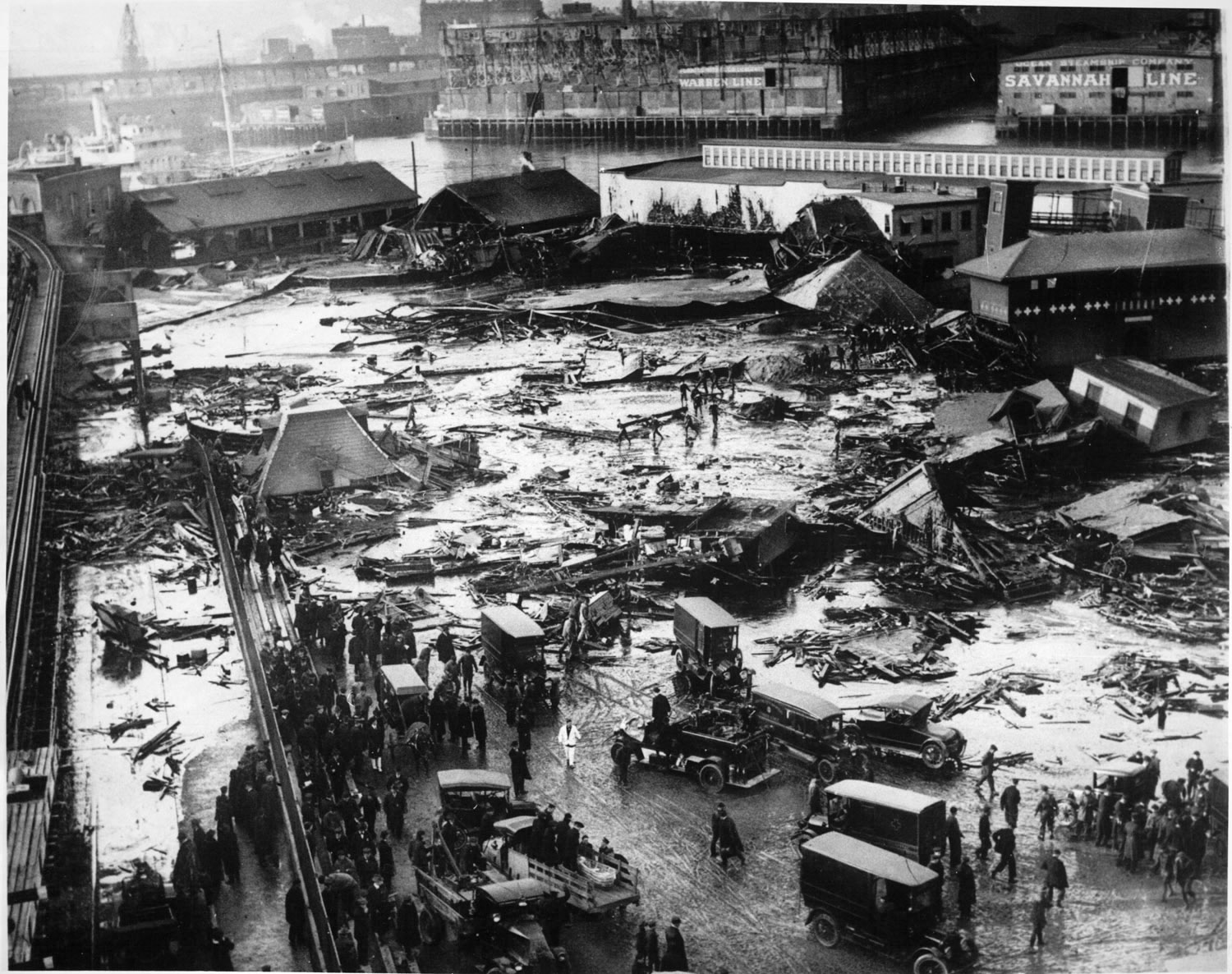
Photo: wiki
According to numerous reports, right around noon many people nearby said they heard what sounded like gunshots. But actually, it was the rivets on the side of the enormous tanks giving way to an estimated 26 million pounds worth of molasses. Apparently, there was a 15-foot wave of the gooey mess rampaging through the streets at over 35 miles per hour.
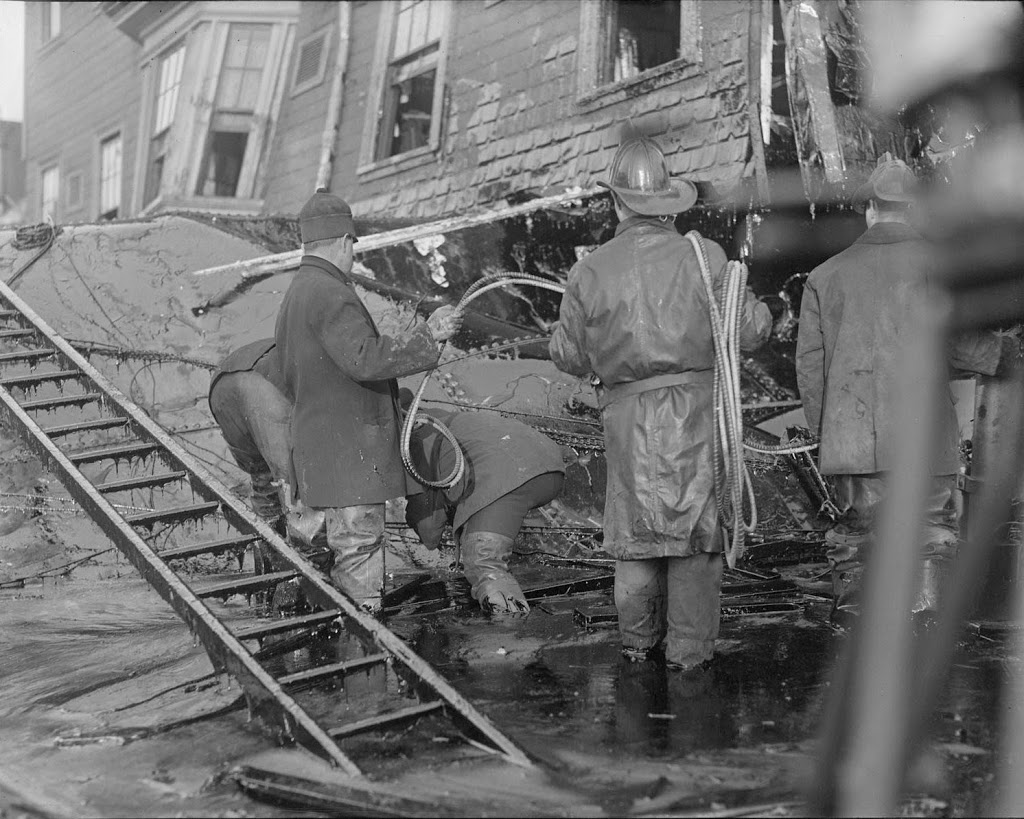
Firemen from engine 31 wading through the muck
Photo: lostnewengland
As you can imagine there was a significant amount of damage done, not only to property but unfortunately to people as well. There were 21 casualties caused by the flood either by drowning, or buildings falling on people and every other horrible way you can imagine. I’m sure it was about as close to the real-life version of “The Blob” as anyone will ever experience.
Can you even imagine having a wall of that syrupy substance coming at you ripping away everything in its path? Floods, in general, are very dangerous, but at least with water, you can swim to the top. I’ve never tried swimming in molasses, but I can’t imagine it’s not an easy thing to do.
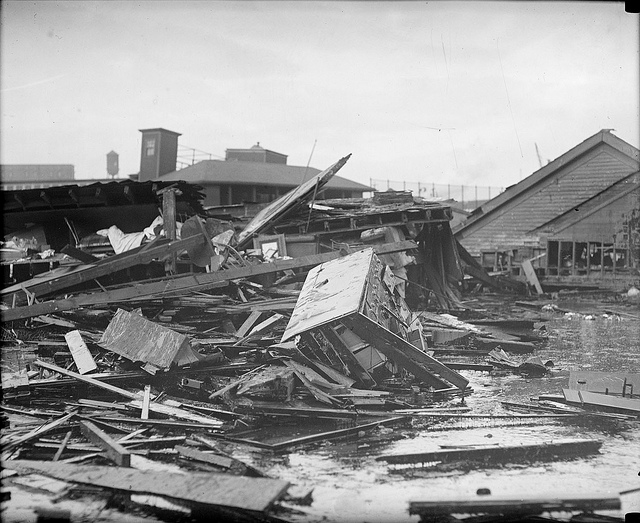
Photo: flickr
At least with the cleanup of a “normal” flood, you have the sun on your side to help evaporate some of the water. That wasn’t the case here, it took over 80,000 man hours to clean up the mess caused that day. Even then, on a warm summer day, you could smell molasses in the air for decades. Especially because it only took a very short period of time for the sticky goo to be tracked all over the city thanks to residue on everyone’s shoes.
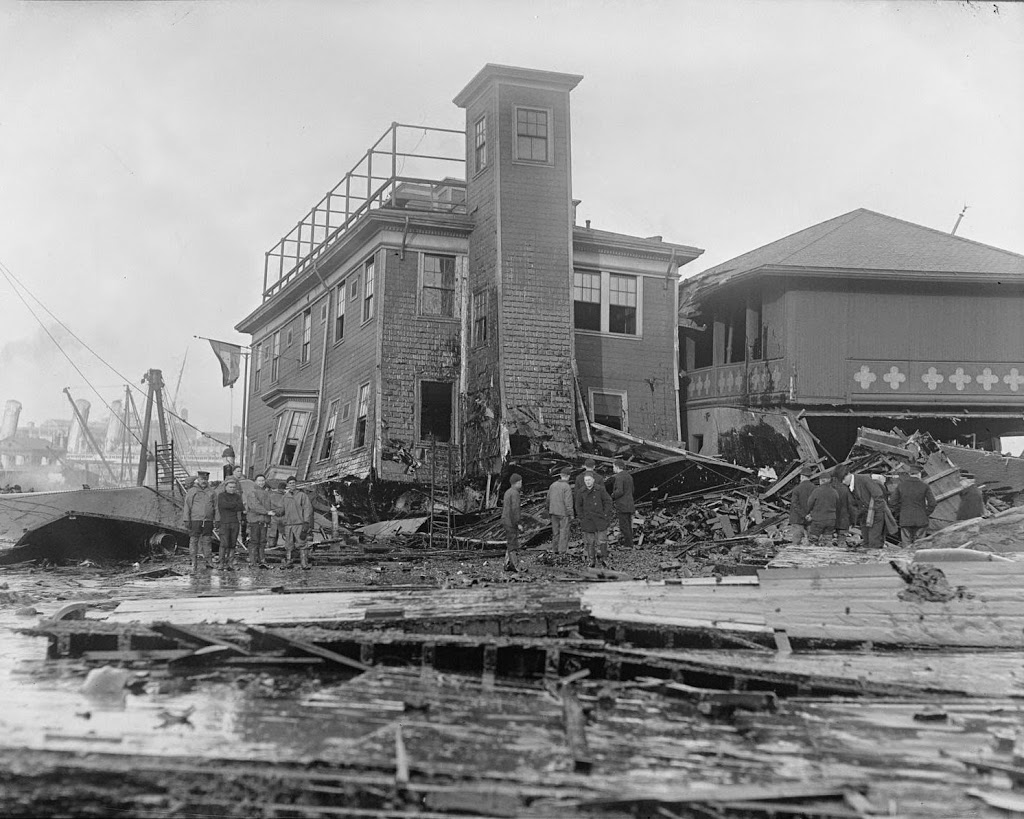
The Engine 31 Firehouse
Photo lostnewengland
It was later determined that the cause of the disaster was shoddy work on the construction of the tank. Not only had they used thin steel that by design, never could’ve held that much weight, but the person behind the build had no engineering or architecture skills whatsoever. According to reports the company had just instructed that a tank be built as fast and as cheap as possible. This obviously was a poor decision that ended up costing the lives of 21 people, injuring as many as 150, and the equivalent of an estimated $125 million worth of damages in today’s money. However, as with many other engineering disasters, it did help to strict building codes and requirements with hopes of preventing any further instances.


